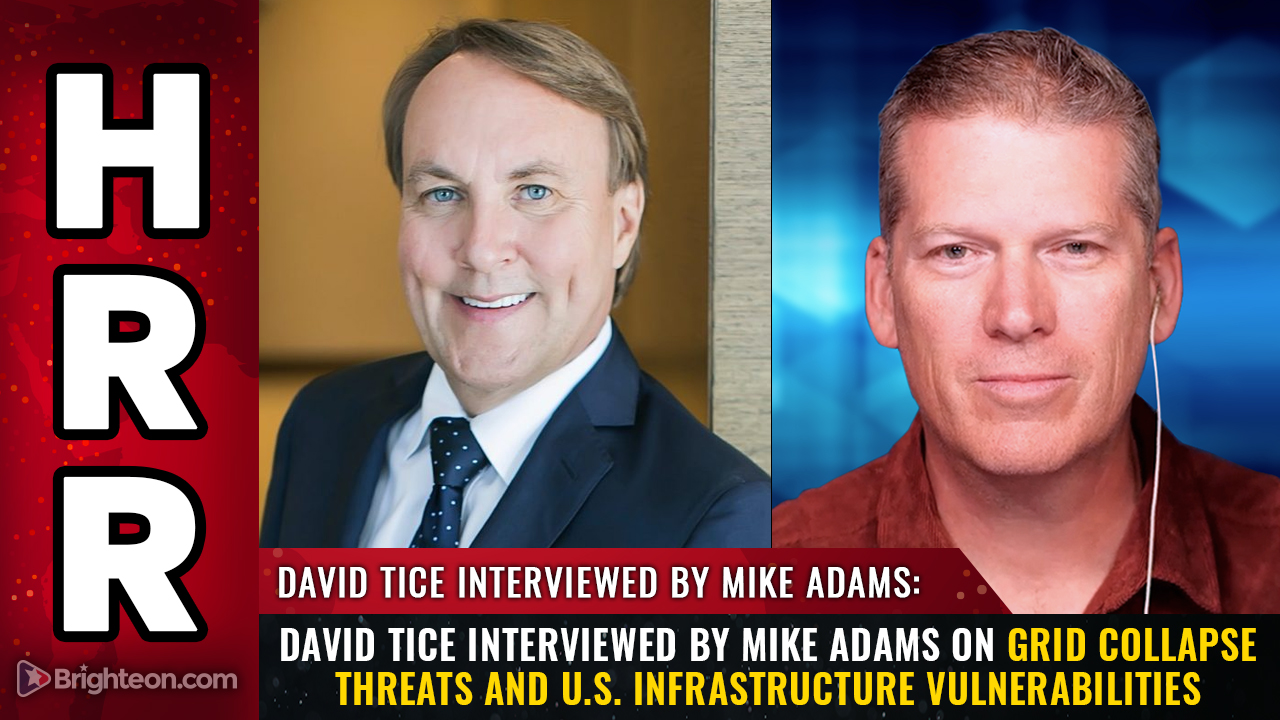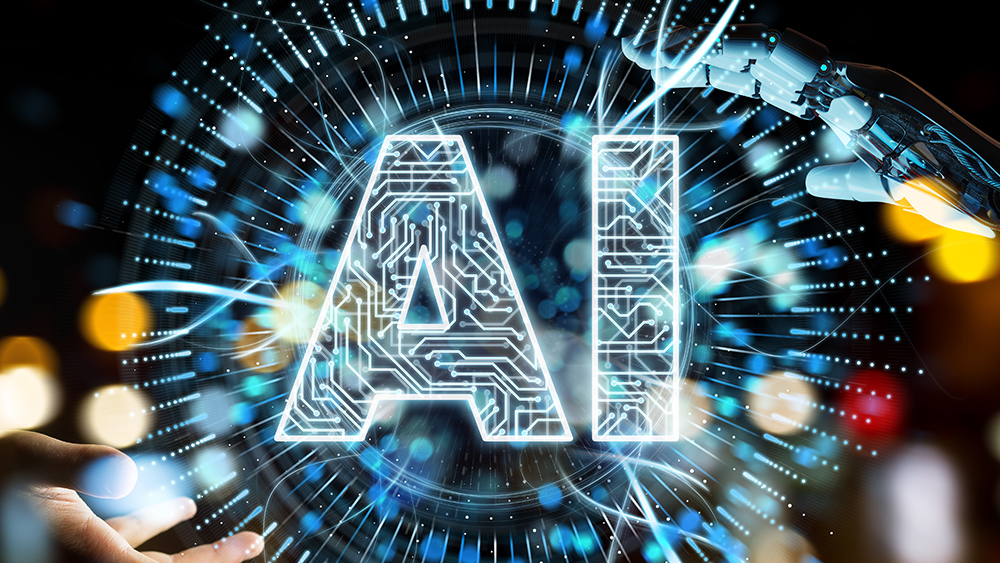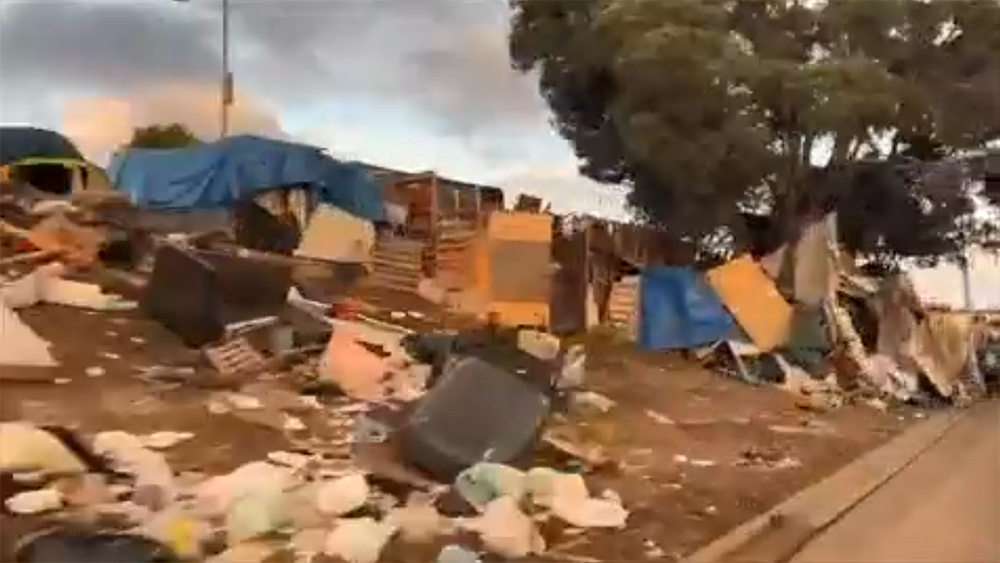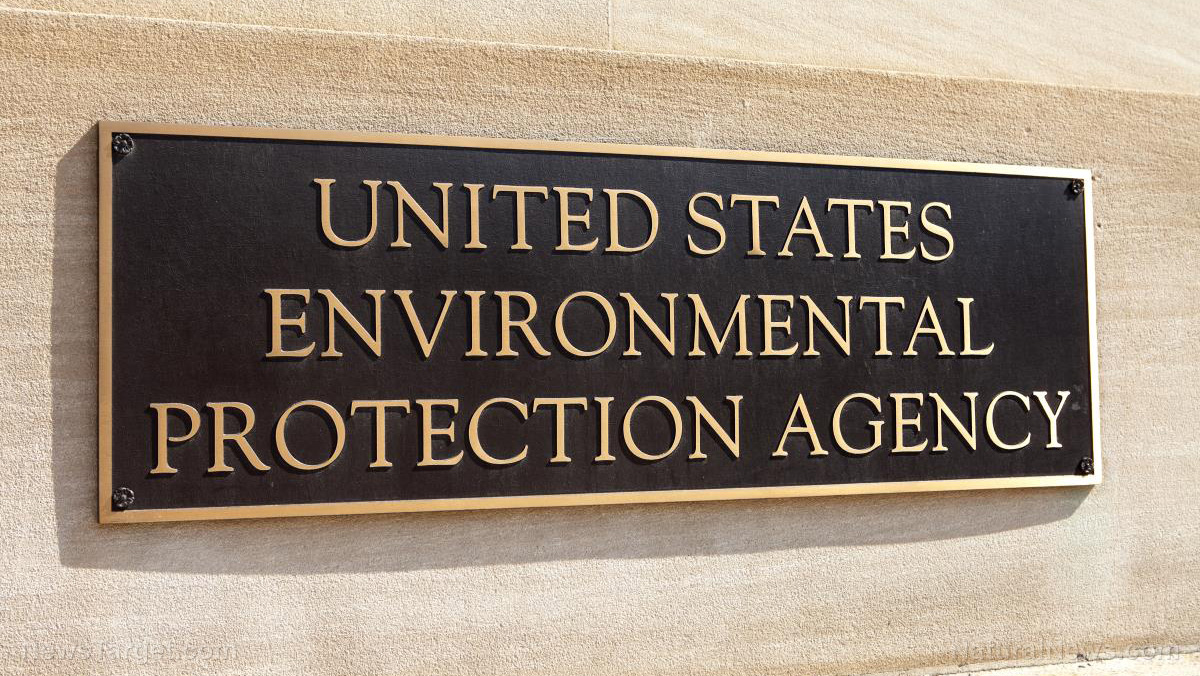 Parler
Parler Gab
Gab
- Texas Power Grid Under Strain: Trump’s $1 trillion AI data center push risks overwhelming Texas’ grid, already strained by extreme weather and rising demand; ERCOT warns of insufficient capacity for high-intensity computing facilities.
- AI Energy Demands Outpace Supply: New data centers require power equivalent to small cities; proposed solutions include natural gas and small modular reactors (SMRs), but nuclear expansion (10 new reactors by 2030) faces delays and cost overruns.
- Grid Vulnerabilities to EMPs and Cyberattacks: Centralized grids are vulnerable to EMPs, drone strikes, and embedded malware; experts urge EMP-hardened reactors, domestic manufacturing, and decentralized microgrids to mitigate risks.
- China’s Energy Dominance: China adds coal plants rapidly while the U.S. relies on Chinese infrastructure components, undermining energy independence; critics accuse China of using climate rhetoric to hinder Western competitiveness.
- Race Against Time: Texas must decide between nuclear expansion, decentralized solutions (e.g., microgrids, fusion reactors), or face blackouts that could derail U.S. AI ambitions amid ERCOT’s urgent warnings.
The AI Energy Crisis
The push for AI dominance has collided with the reality of power scarcity. ERCOT, Texas’ grid operator, recently cautioned that new data centers—some requiring as much electricity as small cities—could overwhelm the system. “These facilities are bringing their own power solutions, like natural gas or SMRs [small modular reactors], but it’s not enough,” said David Tice, a grid resilience advocate and producer of the documentary Grid Down, Power Up. Nuclear energy is now central to the debate. Trump’s partnership with tech leaders includes plans for 10 new Westinghouse AP1000 reactors, each generating 1,100 megawatts, to come online by 2030. But delays and cost overruns plague large-scale nuclear projects, prompting calls for decentralized alternatives like SMRs and microgrids.EMP Threats and Cyber Warfare
The vulnerability of centralized grids adds another layer of risk. Tice emphasized that adversaries could disable the U.S. power network by targeting just nine critical substations—a threat exacerbated by drone warfare tactics seen in Ukraine. “China already has malware embedded in our grid components,” he warned, advocating for domestic manufacturing of key infrastructure parts. Nuclear plants themselves are not immune. An EMP attack or solar flare could cripple cooling systems, risking Fukushima-style meltdowns. “We need EMP-hardened reactors and redundant safeguards,” Tice urged.The China Factor
While the U.S. debates nuclear expansion, China surges ahead, adding coal plants at a rate of one every other day. “Energy is the pathway to AI dominance,” noted Mike Adams, host of Brighton.com. “China manipulates climate rhetoric to handicap the West while outproducing us.” America’s reliance on Chinese-made transformers, inverters, and rare-earth magnets further complicates energy independence.Decentralization vs. Deep State
Adams and Tice proposed radical solutions: localized microgrids, open-source robotics for agriculture, and AI-managed energy storage. “Decentralization is our only hedge against sabotage,” Adams argued, citing Tesla’s pivot toward compact fusion reactors and off-grid data centers. The clock is ticking. With Trump’s ambitious timeline and ERCOT’s warnings, Texas must choose between blackout risks and a nuclear-powered renaissance—or face an energy crisis that could stall America’s AI ambitions. Watch the full episode of the "Health Ranger Report" with Mike Adams, the Health Ranger, and David Tice as they talk about grid collapse threats and U.S. infrastructure vulnerabilities. This video is from the Health Ranger Report channel on Brighteon.com.More related stories:
Trump eyes $1 trillion Saudi investments as Gaza war stalls Israel deal Texas enacts landmark law to curb data center power consumption amid grid strain NVIDIA surpasses $4 trillion market cap amid AI boom and geopolitical strains Sources include: Brighteon.com Griddownpowerup.comAmazon’s AI wearable acquisition: Convenience or surveillance?
By Ava Grace // Share
Maria Zeee and Mike Adams on decentralization, transparency and the future of technology
By Kevin Hughes // Share
Trump signs executive order to clear homeless encampments nationwide
By Laura Harris // Share
Federal appeals court strikes down California’s ammunition background check law
By Laura Harris // Share
U.S. jobless claims fall for sixth straight week, hitting three-month low
By Laura Harris // Share
Trump EPA proposes stripping greenhouse gases from list of regulated pollutants
By Belle Carter // Share
Governments continue to obscure COVID-19 vaccine data amid rising concerns over excess deaths
By patricklewis // Share
Tech giant Microsoft backs EXTINCTION with its support of carbon capture programs
By ramontomeydw // Share
Germany to resume arms exports to Israel despite repeated ceasefire violations
By isabelle // Share










